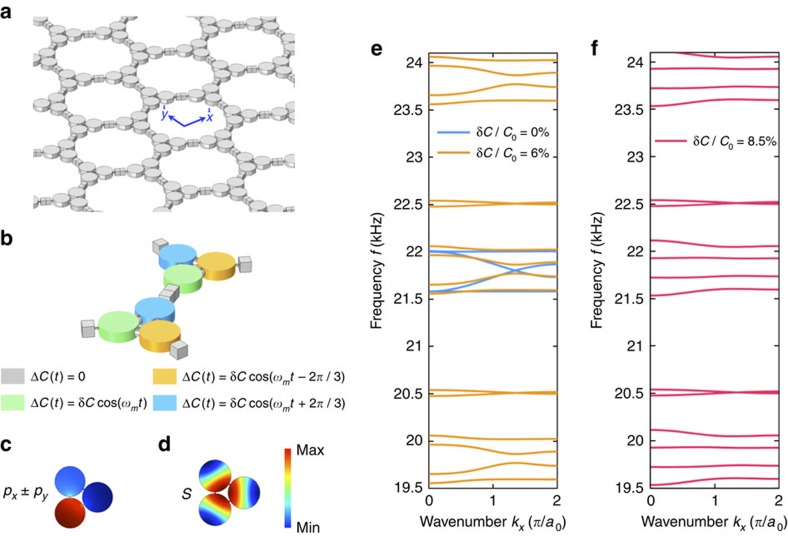Figure 1. Hexagonal lattice of modulated acoustic trimers forming an acoustic Floquet topological insulator.
(a) We consider a time-dependent phononic crystal formed by a hexagonal lattice of acoustic trimers. The trimers are composed of three interconnected cylindrical cavities (1 cm in diameter), coupled with each other via small rectangular channels. The grey material in the figure is silicone rubber, a water-like ultrasonic material with large-density contrast with surrounding air. In each unit cell (b), the acoustic capacitance C=C0+ΔC(t) of each cavity is periodically modulated in time at a frequency ωm and with amplitude δC in a rotating fashion, with uniform handedness throughout the lattice. (c,d) First two modes of an acoustic trimer showing the degenerate dipolar lumped resonance (c) at 21.6 kHz and the next dipolar resonance at 60 kHz (d). The colour legend represents the acoustic pressure distribution. (e) Comparison between the bulk band structure in the absence (blue curves) and in the presence (orange curves, δC/C0=6%, fm=2 kHz) of modulation. The time modulation has the effect of folding the band structure along the frequency axis and lifting the degeneracy at the K and Γ points, opening a complete bandgap with topological protection. (f) Optimal gap opening occurs at δC/C0=8.5%, for fm=2 kHz.

